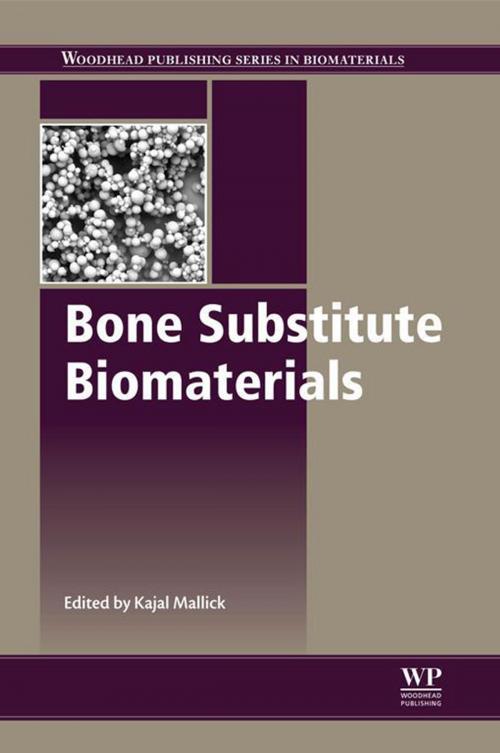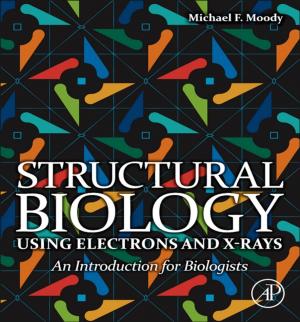Bone Substitute Biomaterials
Nonfiction, Health & Well Being, Medical, Reference, Instruments & Supplies, Science & Nature, Technology, Engineering| Author: | ISBN: | 9780857099037 | |
| Publisher: | Elsevier Science | Publication: | August 5, 2014 |
| Imprint: | Woodhead Publishing | Language: | English |
| Author: | |
| ISBN: | 9780857099037 |
| Publisher: | Elsevier Science |
| Publication: | August 5, 2014 |
| Imprint: | Woodhead Publishing |
| Language: | English |
Bone substitute biomaterials are fundamental to the biomedical sector, and have recently benefitted from extensive research and technological advances aimed at minimizing failure rates and reducing the need for further surgery. This book reviews these developments, with a particular focus on the desirable properties for bone substitute materials and their potential to encourage bone repair and regeneration.
Part I covers the principles of bone substitute biomaterials for medical applications. One chapter reviews the quantification of bone mechanics at the whole-bone, micro-scale, and non-scale levels, while others discuss biomineralization, osteoductivization, materials to fill bone defects, and bioresorbable materials. Part II focuses on biomaterials as scaffolds and implants, including multi-functional scaffolds, bioceramics, and titanium-based foams. Finally, Part III reviews further materials with the potential to encourage bone repair and regeneration, including cartilage grafts, chitosan, inorganic polymer composites, and marine organisms.
- Provides a detailed and accurate overview of the bone substitute biomaterials, a fundamental part of the biomaterials and biomedical sector
- Provides readers with the principles of bone substitute biomaterials
- Reviews biomaterials for bone regeneration
Bone substitute biomaterials are fundamental to the biomedical sector, and have recently benefitted from extensive research and technological advances aimed at minimizing failure rates and reducing the need for further surgery. This book reviews these developments, with a particular focus on the desirable properties for bone substitute materials and their potential to encourage bone repair and regeneration.
Part I covers the principles of bone substitute biomaterials for medical applications. One chapter reviews the quantification of bone mechanics at the whole-bone, micro-scale, and non-scale levels, while others discuss biomineralization, osteoductivization, materials to fill bone defects, and bioresorbable materials. Part II focuses on biomaterials as scaffolds and implants, including multi-functional scaffolds, bioceramics, and titanium-based foams. Finally, Part III reviews further materials with the potential to encourage bone repair and regeneration, including cartilage grafts, chitosan, inorganic polymer composites, and marine organisms.
- Provides a detailed and accurate overview of the bone substitute biomaterials, a fundamental part of the biomaterials and biomedical sector
- Provides readers with the principles of bone substitute biomaterials
- Reviews biomaterials for bone regeneration















